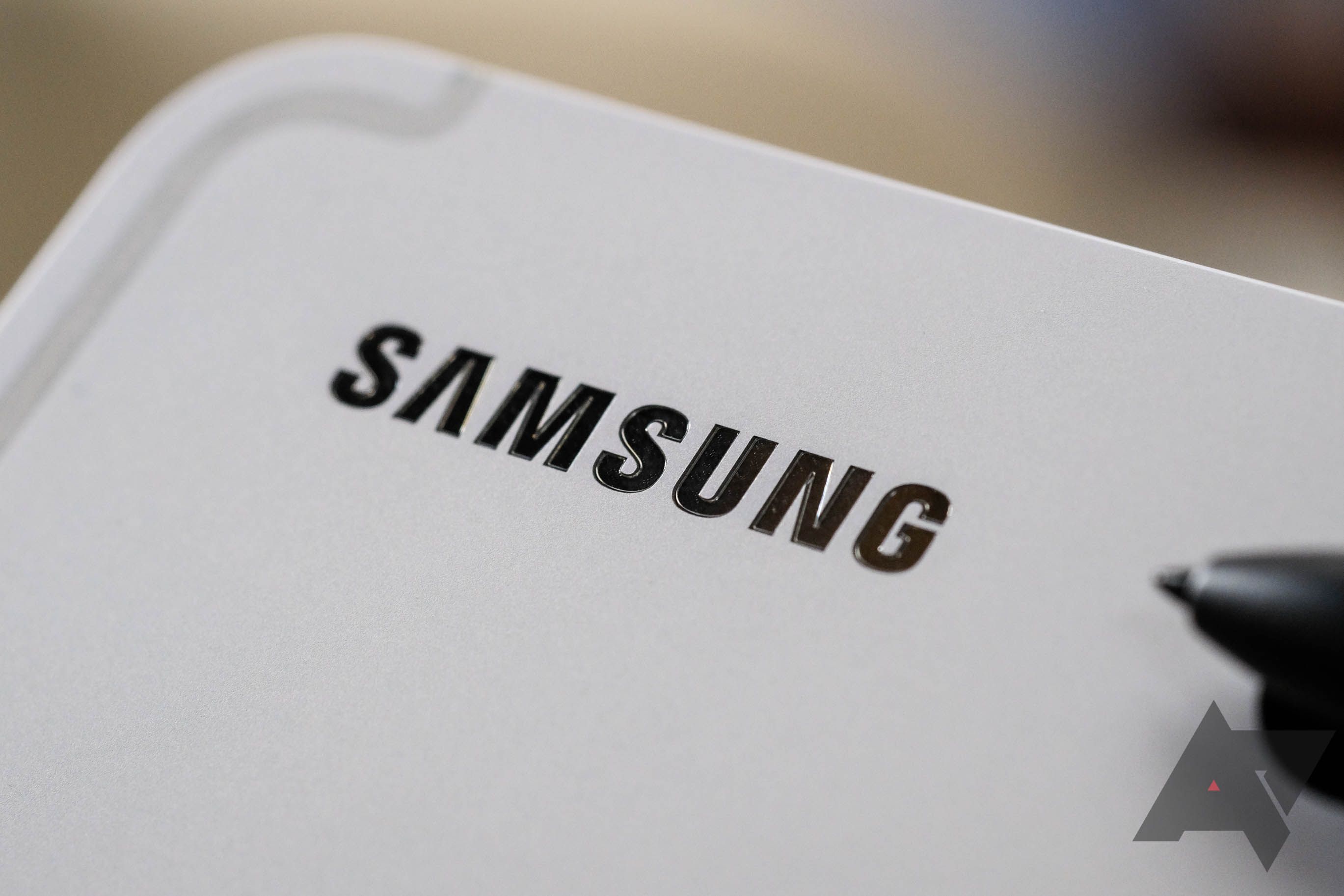Over time, smartphone batteries have gotten bigger, and have started to charge faster too—though thanks to more power-hungry electronics, we are all still concerned with saving precious battery life. While it used to be the norm to see batteries in the range of 3,000 to 4,000 mAh charging at 20W at most, it's common to see phones equipped with upwards of 4,500 and 5,000 mAh these days, charging at 45W and 65W. The ways manufacturers are cramming bigger batteries inside smartphones are getting ever more ingenious, and Samsung's latest idea seems to borrow a page or two from electric vehicles.
According to TheElec (via SamMobile), Samsung is planning to mass-produce stacked batteries for smartphones in the future. Stacked batteries are exactly what you would expect based on the name—multiple cell sheets sandwiched together in order to achieve a bigger capacity within the same size and volume. Think of them as the same kind of multi-cell design used by manufacturers like Apple, but instead of using multiple packages, cells are stacked within the same package.
Using this technology in smartphones can supposedly lead to a 10% or higher improvement in capacity and, therefore, improved battery life. This means that a smartphone that can currently fit a 5,000 mAh battery could see an increase to 5,500 mAh, or higher, from using a stacked package instead of a traditional cell. It's not the biggest leap, but given that this is possible within the same form factor, it's pretty notable — and it should translate into important battery life gains.
If the advantages are so clear, what has stopped Samsung from putting stacked batteries together and shipping them in smartphones until now? Basically, assembly lines aren't equipped for the task right now, and preparing them will cost a pretty penny. The company is planning to upgrade its manufacturing plants, with an expected investment of at least 100 billion won, or $85 million.
The prospects of stacked batteries in smartphones are promising, but don't expect them in smartphones in at least a year or two.

